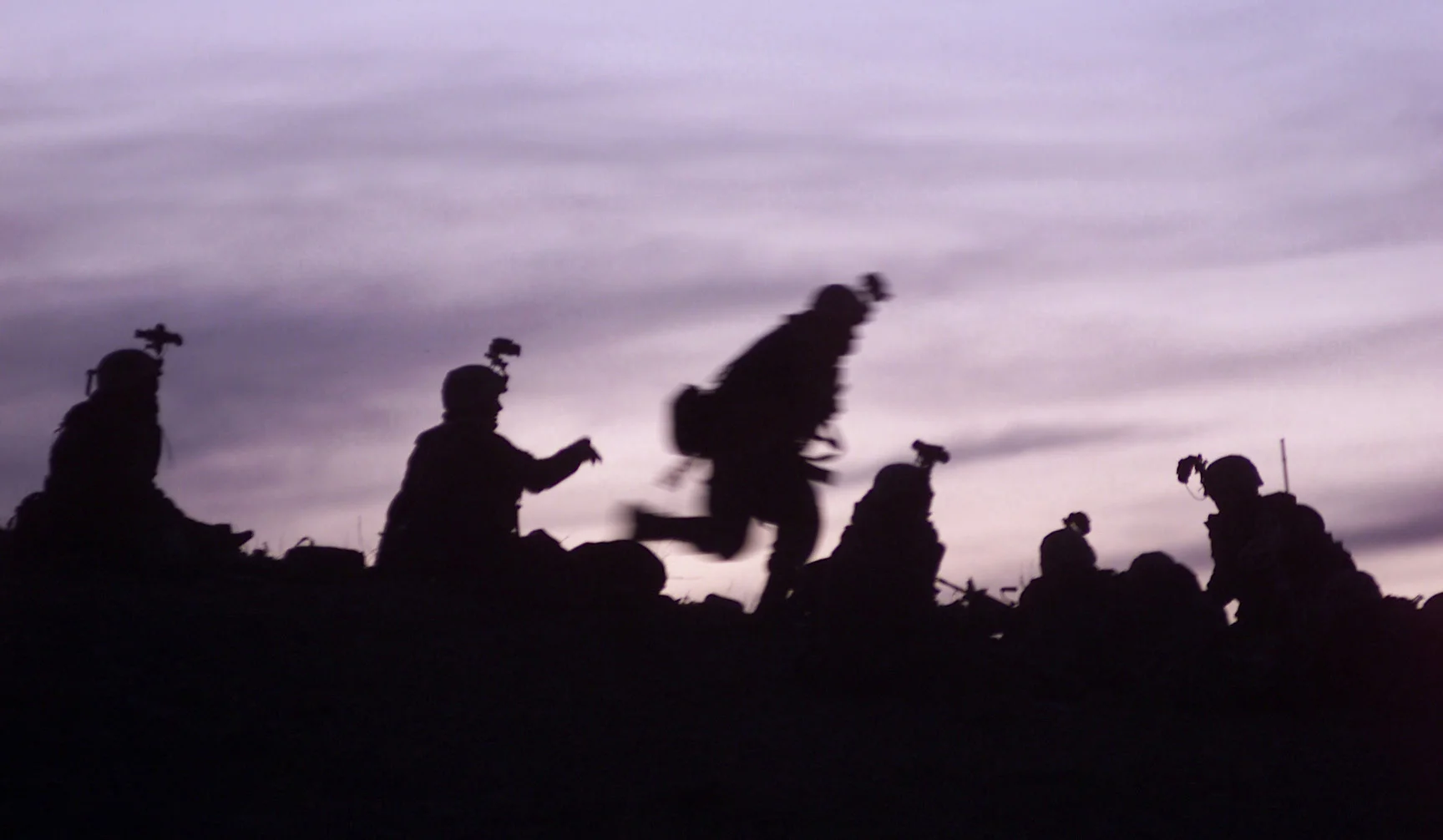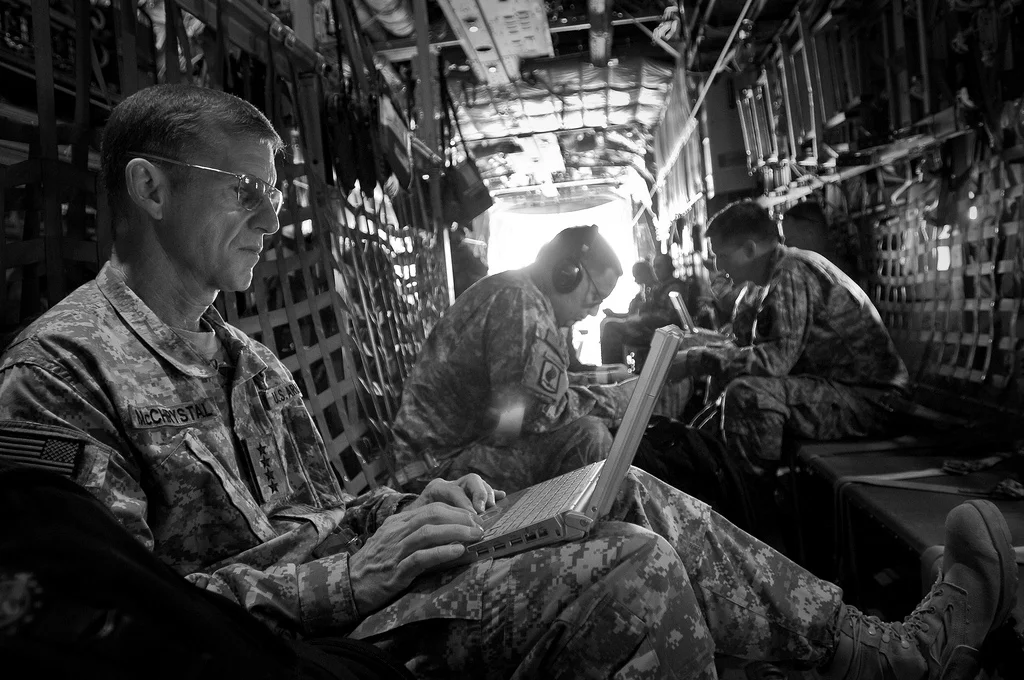The fundamental challenge will be how the organization balances increasing possibilities of control within a culture of trust. Without transparent institutional action to counteract these forces, unit-level leaders will continue to face the burden alone, reducing trust in the philosophy and by extension, operational effectiveness.
From Platforms to Control: #Reviewing Thomas Rid’s Rise of the Machines for Its Macro-History of the U.S. Air Force
For those familiar with the traditional narrative of U.S. airpower history centered on the Air Corps Tactical School’s development of bomber doctrine followed by its application against Germany during World War II, Rid provides a jarring but useful counter-narrative focused on human-machine interactions.
On the Distributed Control Framework of a Technical Union
The Failed Thermostat: The Illusion of Control In an Information-Rich Age
There has been too much effort by senior leaders, civilian and military, to make war into their own image rather than accept war for what it is. In their efforts to control the image of war, these leaders have deluded themselves and their subordinates. Senior leaders still appear to believe they are adjusting a kind of military thermostat. This is a delusion. The delusion has proven tragically costly.
Emergent Technology, Military Advantage, and the Character of Future War
Absent a clear understanding of which military problems emergent technologies are required to solve, there is, perhaps, too much confidence in their ability to reshape the character of the next war by enabling decisive battlefield advantage. More troublingly, predictions about machine-dominated warfare risk obscuring the human cost implicit in the use of violence to achieve a political objective. This article examines the integration challenge that continues to limit the military potential of available technology. It will then look specifically at why militaries should be cautious about the role artificial intelligence and autonomous systems are expected to play in future warfare.
"Train Like You Fight" and the Command Post Exercise
While the U.S. military has dedicated acres of terrain and entire units of opposing forces to ensure a realistic experience for training units for combat, such emphasis on realism is not provided for operational command post exercises. For a headquarters that may need to conduct humanitarian assistance, disaster relief, forced entry, or any other crisis response, the prospect of a command post exercise is usually accompanied with complaints of weak scenarios, shallow exercises, and an environment which fails to adapt to the training audience or account for blue force decisions. The military has essentially sent its highest levels of command out to the field to fight pop-up targets on timers when they need to be challenged and tested by a living, thinking opponent within an adaptive environment.
Command and Control is Alive and Well
Kurt Degerlund’s thought-provoking article points to the forces at play as military leaders seek to direct and influence others to achieve objectives. He hits upon a key fact - words have meaning and power. But rather than words and concepts being used or re-used in a manner that constrains us, we could instead embrace a world where words remain useful if we decide to change their meaning.
#Leadership: The Death of Command and Control
The phrase “command and control” must be dropped from the leader’s lexicon. Words have history and power. The former command and control structures focused information and decision making onto one supposed superman in a rigid hierarchy and expected him to make infallible decisions with omniscient knowledge. These structures are being defeated, bankrupted, and destroyed as we speak. Even when we remove the history of the words, there is power in them and in their implicit directive to centralize information and control. But the defeat of these systems in modern wars does not support the command and control structure. We should replace the phrase with something that reflects a greater understanding of the relationship between leaders and their organization; let’s call this idea of building effective, resilient, winning organizations…leadership.









